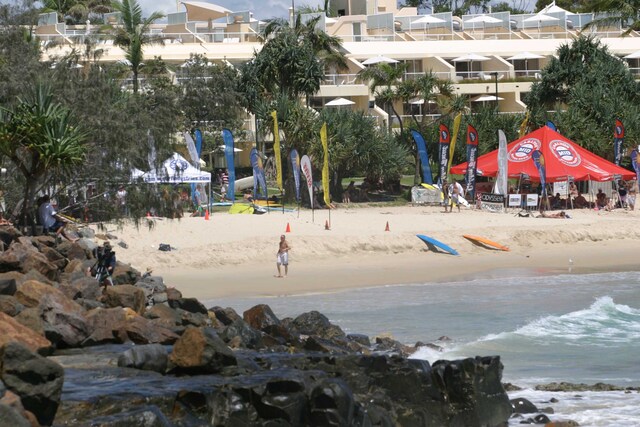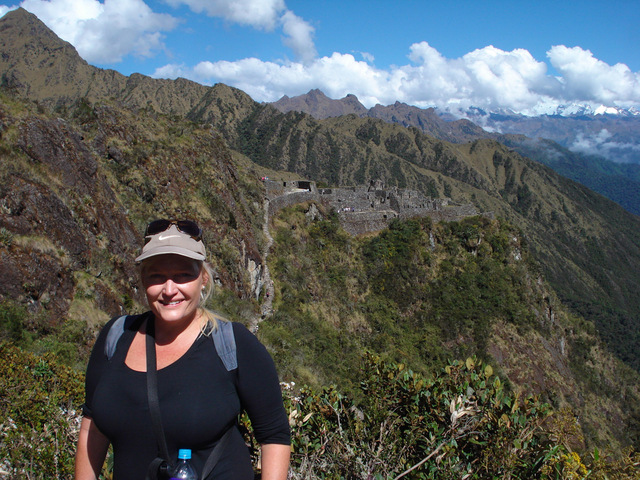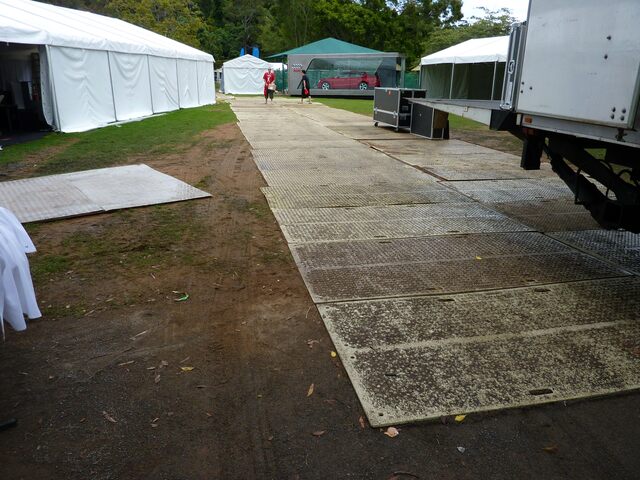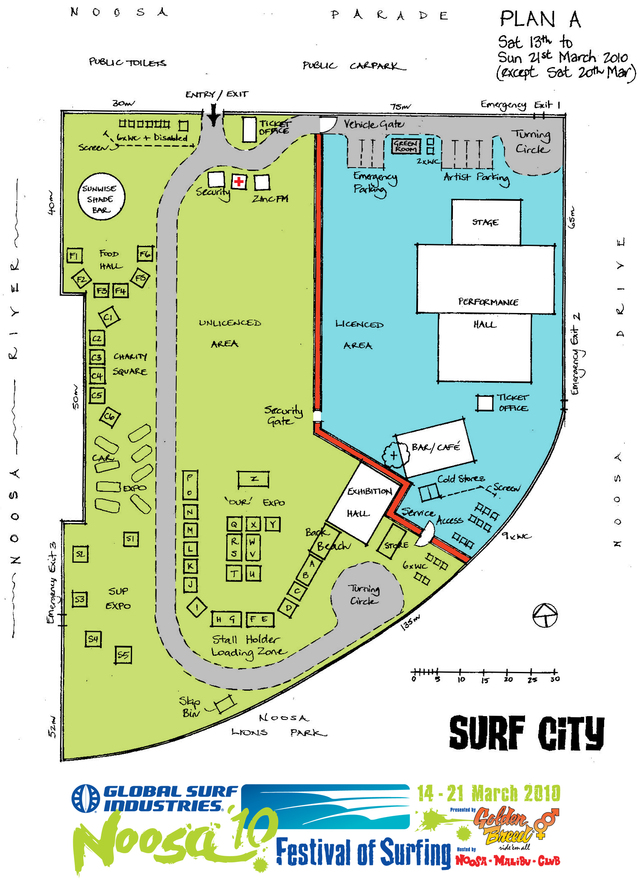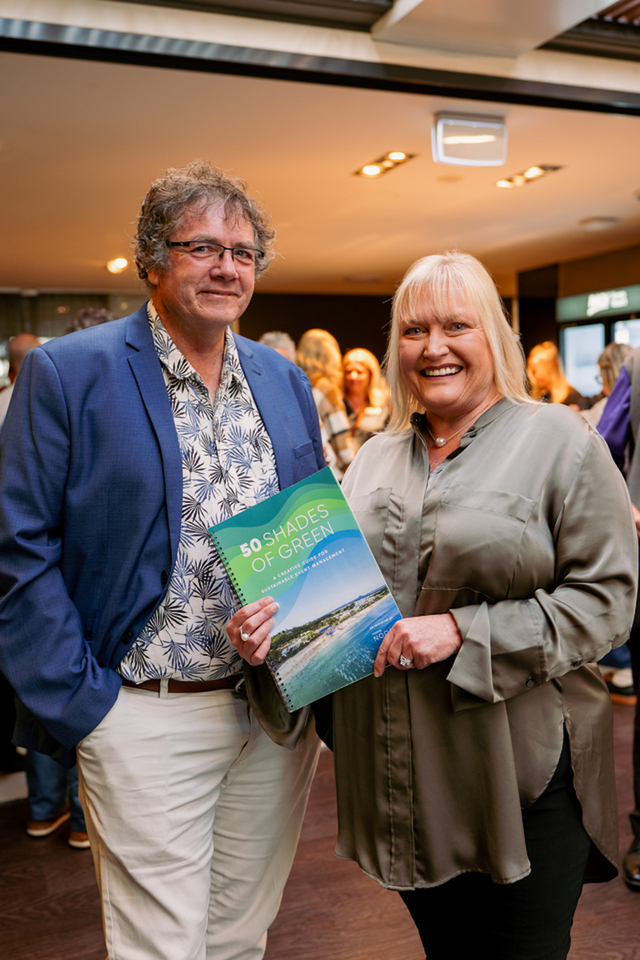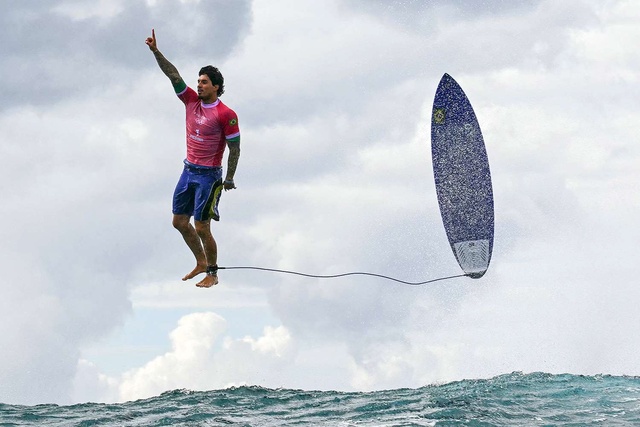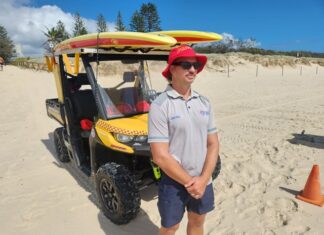No, not the book, nor the movie, neither of which appealed: I’m talking about Tourism Noosa’s 50 Shades of Green events guide, released back in June.
Having spent the whole of July out of town, I’m still playing catchup with events which have struck me as milestones, and, putting on my cap as an organiser of major events in this town over a 20-year period, I regard the 50 Shades program as a hugely important step forward in synchronising the key players in the events landscape, which is going to play an important ongoing role in balancing our tourism economy as post-Covid seasonal norms slowly return. And if you own a holiday rental, you’ll know that this process is well and truly underway.
As Tourism Noosa described the initiative in its snapshot: “An innovative resource aimed to strike a balance between economic prosperity, social responsibility, cultural preservation, and environmental stewardship. This dynamic guide will empower event organisers on the intricate path toward zero emissions, zero waste and cutting-edge sustainable practices.”
Of course none of this is new. The gospel of event sustainability has been preached for more than a decade now, frequently under the leadership or guidance of TN eco-warrior Juanita Terry-Bloomfield, my colleague in the stewardship committees which drove the creation of the Noosa National Surfing Reserve in 2015 and the Noosa World Surfing Reserve in 2020, partly in response to a perceived need to promote the protection of our precious surfing assets from being “loved to death”. As the lead organiser of the Noosa Festival of Surfing from 1998 to 2001, and again from 2007 to 2018, I was initially part of the problem, but over time, and with guidance from Juanita and others, we developed sustainability sensibilities.
But we were pretty wild and woolly back in the day, which I think I can safely say, was the norm for event organisers. At a time when Noosa went very quiet outside of school holidays and in the depths of winter, major events, both sporting and cultural, were seen as a necessary intrusion on resident amenity (which wasn’t a thing back then) during those times when you could fire a cannon down Hastings Street and not hurt anybody.
The Noosa Triathlon led the way, of course, back in 1983 when Joe Gilbert and Dave Power introduced a one-day event which over more than 40 years has become one of the biggest multi-sport festivals in the world. The Noosa Festival of Surfing, for decades now the biggest surfing event in the world by competitor numbers, came on board in 1992, initially as a modest longboard event organised by the Noosa Malibu Club. In 1998 the Malibu Classic became a festival which stretched from three days to 10 in just a few years, pioneered the combination of sporting and cultural elements and drew surfing families from around the world.
For better or for worse, the surf festival also pioneered the concept of building a temporary bar and entertainment venue on the sands of Main Beach. We cleaned up after us, but we served beer and water in one-use plastic containers and threw it all in the landfill bin. Noosa Council had some restraining rules attached to the event permit, but they were often wide of the mark. For example, they initially made no attempt to limit or ban single-use plastic but fined us $3000 when torrential rains turned the off-beach entertainment site, the once-again controversial Lions Park, into a quagmire. We paid the money, they threw some sand on top and reopened the space for Easter holiday parking two weeks later, creating their own quagmire.
But that was then and this is now, and the Tri has again led the way in adopting the principles outlined by Tourism Noosa’s sustainability division, with organising company the Ironman Group benchmarking their energy, water and waste through TN’s Sustainable Event Criteria since 2019 with great success, and many of their environmental strategies have now been added across their events world-wide, such as compostable racer cups, reusable cable ties, competitor bags made out of recycled flags and banners, and tonnes of food and organic waste sent to commercial composters.
I’m pleased to see that John Finlay’s World Surfaris, surf festival managers since 2019, have expanded the sustainability measures already in place to now rival the Tri’s adoption of cutting-edge sustainable practices. And now there’s a comprehensive guide to encourage all events, big and small, to do the same.
Last chance to shake up final five
By the time you read this the WSL’s Fiji Pro will be underway with four of the five places in the world title finals series still up for grabs in both men’s and women’s divisions.
With the thunderous energy that big Cloudbreak can create seeming unlikely to arrive on the evidence of the charts and forecasts I’m looking at as I write, head-high to overhead lefts are likely to make this anyone’s game, with at least three or four surfers outside the current five rankings still in touch.
In the men’s John Florence has the yellow jersey on lock going into the finals at Lower Trestles with a current 10,000 point lead, but only 5000 points separate the next four, Griffin Colapinto, Jack Robinson, Italo Ferreira and Ethan Ewing. Outside the five, Yago Dora and Jordy Smith are only a sniff away, and behind then Gabriel Medina would need to go on the rampage to make the cut, which he might well do.
In the women’s, Caity Simmers has a significant 6000 point lead ahead of reigning champ Caroline Marks, Brisa Hennessy, Molly Picklum and Gabriela Bryan. Outside the five, Johanne Defay and Tatiana Weston-Webb are both in top form, while Australia’s Pickles is the only one in the five who needs to regain hers, having lost her way in the past couple of months. It’s not beyond her, but it will take a big effort to keep the others at bay.
And finally, WSL wildcard Kelly Slater will make yet another farewell appearance, surfing one of his favourite breaks. Expect the unexpected.

